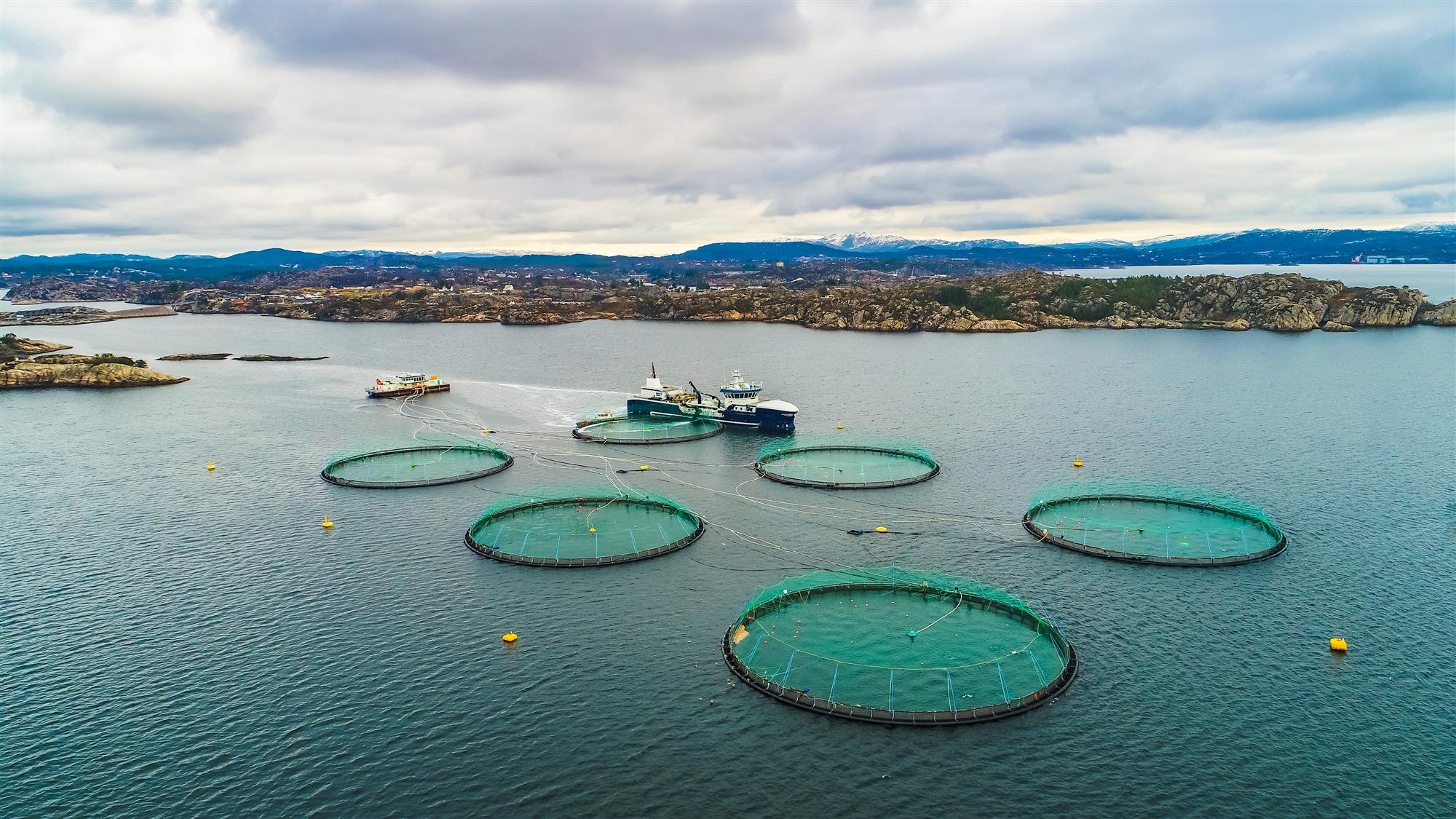Ahead of the Christmas and New Year break, perishables start moving in a way which puts extra pressure on air cargo carriers, both in the short and long terms.
Extra demand, which sometimes comes with extra requirements, as many need to be moved cold or chilled, adds to the traditional end-of-year rally – by a significant margin, and from some surprising sources.
“We see about 20% higher demand for the holiday season,” an official from Finnair Cargo told Asia Cargo News. What it is moving is not so much high-end electronics but salmon farmed and filleted in Norway and then trucked to Helsinki to be flown to Asia.
This trade is here to stay, although there is a quirk. While the Western holidays of Christmas and New Year see the ‘salmon run’ surge, Asian holidays don’t, even though both tend to marked by buffet binges.
“Normally, Chinese New Year does not have a big impact on seafood cargo,” the Finnair official said. “In general, we are seeing increasing demand from China and record demand from Asia year after year. Asia represents 75% of our business, and China and Japan are in our top five most important markets.”

This is Finnair’s take for one specific product, of course, although the volumes moved are huge: Asia took close to 200,000 tons of salmon in 2017. Other carriers have a different view, however.
“We tend to see increased demand for a wide range of perishable products in the weeks leading up to Chinese New Year,” a representative from Air New Zealand told Asia Cargo News. “We do however find the demand occurs over a shorter timeframe than what we experience over the busy Christmas period.” One-third of that airline’s cargo uplift is perishables, of which a significant volume is fresh New Zealand produce and seafood.
A similar view comes from Qantas, which reports “healthy demand for quality Australian produce seeing consistently high levels of exports year-round. Seasonality sees spikes in exports for produce such as stone fruit, rock melons, mangoes and asparagus.”
All of this requires extra work and effort.
The leader here has been Finnair Cargo, which opened a new air cargo terminal at the start of the year in order to build on its reputation for the handling of perishables and strengthen its hold on the salmon run.
“About 97% of revenue from Norway comes from seafood, and Finnair has built a cool supplychain with partners that means salmon leave the water in northern Norway and arrive in Japan 36 hours later. At the heart of this is temperature monitoring and efficiency,” the Finnair official explained.
To achieve this goal, the airline’s new COOL cargo terminal in Helsinki is monitored 24/7 with digital temperature monitoring devices. Experts on site ensure perishables are stored and transported in the right conditions, he added.
Finnair has one other advantage: Helsinki is an uncongested airport, so perishables can be moved to aircraft stands just 30 minutes before flight departure, reducing the chances of a temperature outage.
Already, though, there is competition, with Oslo signing a deal with Worldwide Flight Services to operate its 250,000-ton-capacity Seafood Centre. Oslo currently moves 185,000 tons of cargo, of which less than half, or 90,000 tons, is seafood. It is one of the fastest-growing cargo airports in Europe, with an enviable 36% year-on-year increase.
Construction of the terminal is expected to commence in April 2019, with its opening due in 2021.
“The Seafood Center at Oslo Airport will increase the competitiveness of Norwegian seafood globally and industrialize the handling. With an experienced international handler as WFS, we believe Oslo Airport will increase its competitive advantage as the preferred cargo hub in Northern Europe,” said Martin Langaas, director of cargo at Avinor Oslo Airport.
Just as important as a good and clean dispatch is a down-the-line service to ensure perishables get to their destination while they can still be used.
“We work closely with the freight forwarder and exporters to ensure we provide priority handling for perishable shipments and meet the needs of the export community,” said the Air New Zealand representative.
Finnair said it would welcome wider and quicker adoption of the newest technologies by industry players to ensure the integrity of the cold chain. Among the measures it suggested are better tracking for shippers and forwarders, particularly temperature reports in real-time, more sophisticated visibility for customers during the journey of perishables, and cargo facilities with dedicated zones for products requiring certain temperatures.
“These steps increase transparency in the industry and better ensure a reliable cool supply chain,” the airline representative said.
All of this matters not just because the seafood might end up on your plate, but because temperature claims, while currently low, are becoming “more and more relevant,” said Emirates cargo customer relations manager Ithrath Usman at the recent IATA Cargo Claims and Loss Prevention Conference.
Small though the scale of the problem may be now, with perishables set to grow long-term, the issue of loss prevention and claims is highly salient, as one estimate is that by 2050, demand for fresh food will be 60% more than today.
By Michael Mackey
Southeast Asia Correspondent | Bangkok



